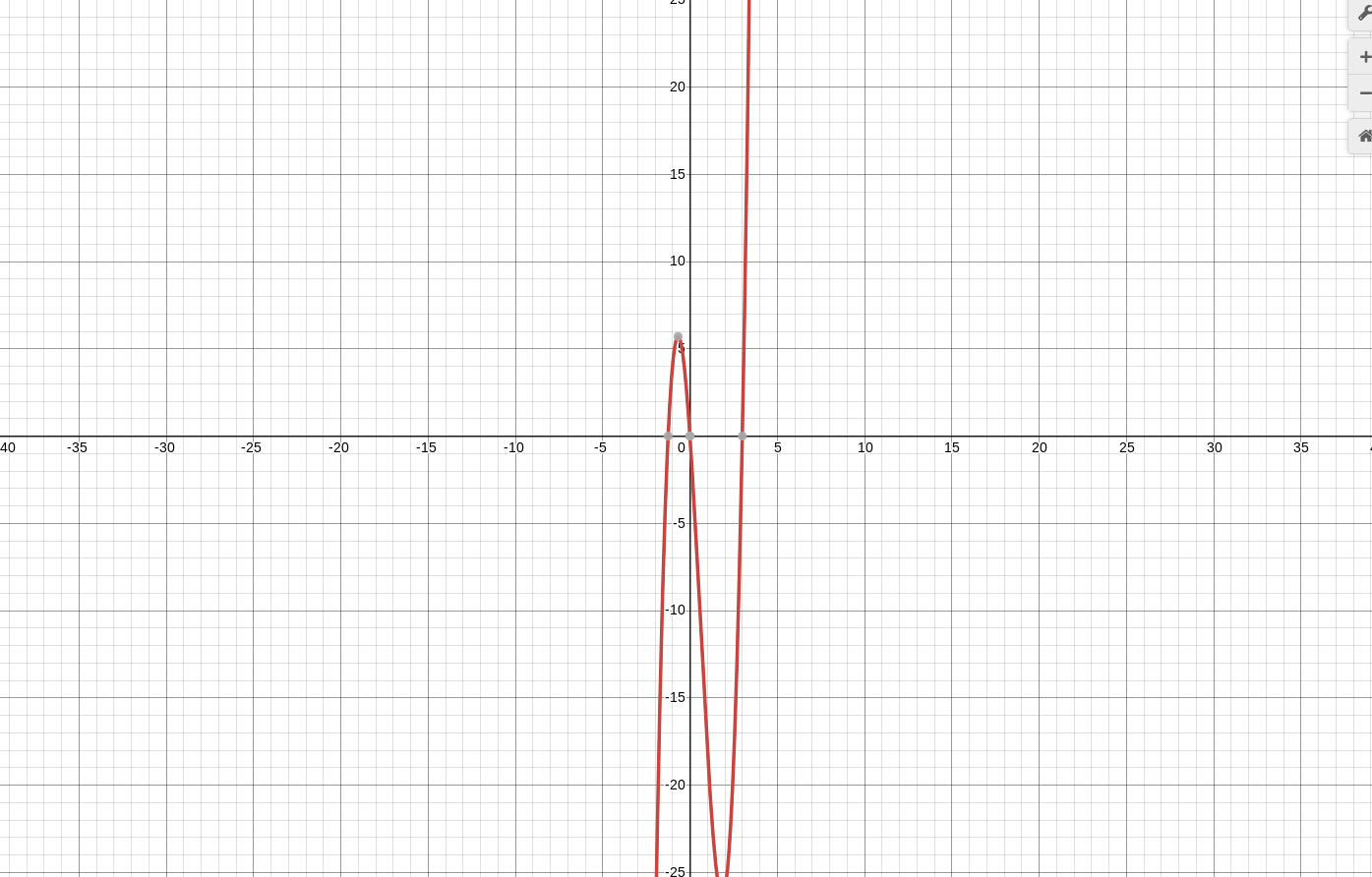
How To Differentiate Algebra Functions
Learning to differentiate algebra functions is not hard but involves learning a few rules and some practice. In this article I want to go over these rules which will help you analyze these functions. For each example I also include a graph so you can see what the function is doing visually.
Differentiate Algebra Functions
When you want to differentiate algebra functions there are a couple main rules. The most useful and popular is the power rule. It should be used first whenever there is an opportunity as it is the easiest. If the power rule for functions does not apply then go to the chain rule. It is very versatile and uses substitution to do it magic. Another special use for the chain rule is that it can handle any amount of variables. These two rules together can solve most derivative equations. Remember these are also just tools. Whether you are differentiating or integrating later on, learn these useful tools and keep them in your head.
The Power Rule
The power rule is a very used tool when looking for a derivative. Unlike more primitive methods that you might learn first, this is actually a technique you will use often. So lets define what the power rule is and how you use it to differentiate algebra functions. If you have something like this:
$$ y = x^3 $$
The derivative of y with respect to x is n(x) and subtract 1 from the exponent. If that sounds confusing, look at it visually. The simple answer would be:
$$ y = 3x^2 $$
So what did we do there? Well we have an exponent of 3. We copy that and move it in front of X. So we have 3x. Now subtract 1 from the exponent which is 3-1=2. 2 is now the exponent. Our expression is now just
$$ 3x^2 $$
as mentioned above.
Something I need to mention before I forget. The phrase "the derivative of y with respect to x" has its own notation. This is:
$$ \frac{dy}{dx} $$
This means the exact same thing. It is not an expression or fraction either so don't get confused.
The Chain Rule
The chain rule is your next tool that you will use often. This is how it is traditionally defined. When y = f(u) and u = f(x) then the derivative is:
$$ \frac{dy}{dx} = \frac{dy}{du} * \frac{du}{dx} $$
There are two variables here (u and x) but the chain rule can handle any number of variables. This will be handy later on. Lets try some examples now.
Example 1
Find the derivative of $$ y = x^{3b} $$ .
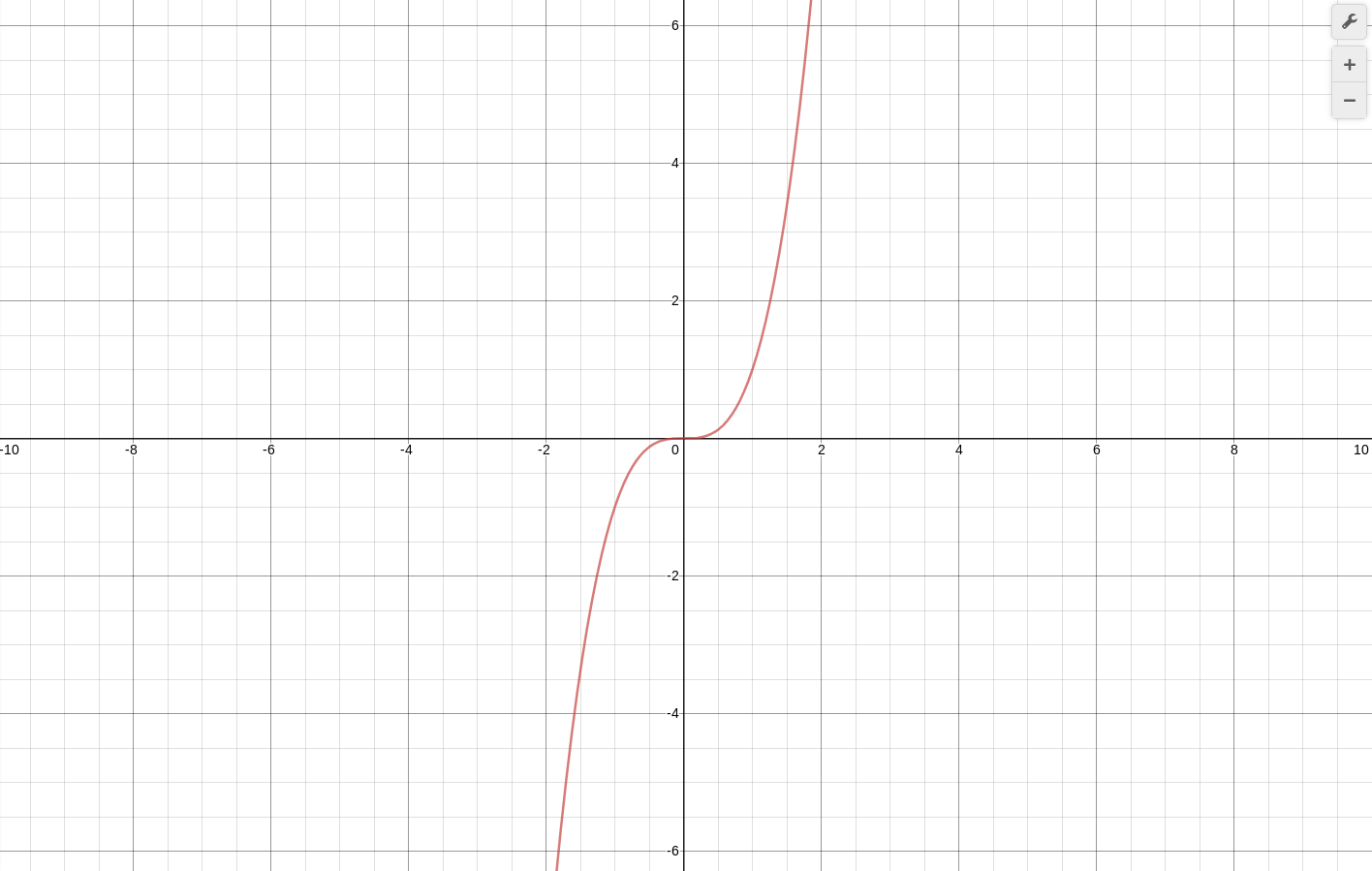
Ok remember the exponent rules. Bring down the exponent in front of the term and subtract one from the exponent. That gives us:
$$ \frac{dy}{dx} = 3b * (x^{3b-1}) $$
It is just the simple combination of terms as the answer, which is $$ 3bx^{3b-1} $$
Example 2
Next we want to find the derivative of $$ y = (2x^3 - 5x^2 + 4)^5 $$
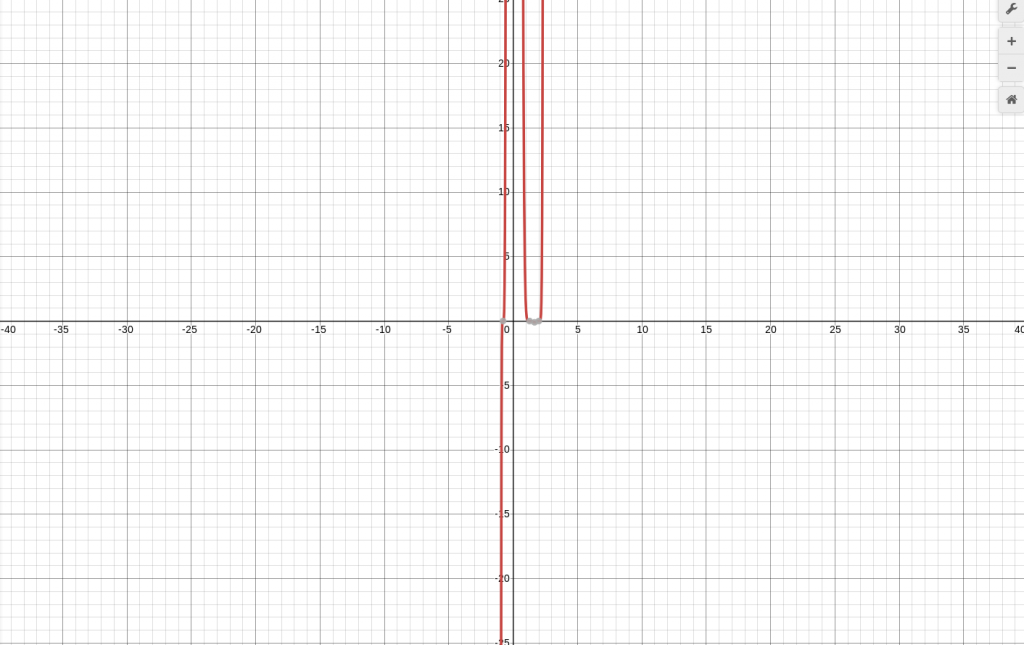
You will see this looks weird but just take it step by step. It is two main parts. It is often explained by taking the outside derivative and then the inside derivative. You can use the power rule each way. So lets do the outside first. That will be:
$$ 5(2x^3 - 5x^2 + 4)^4 $$ and the inside is $$ 6x^2 -10x $$
Just combine the two and we will get $$ 5(2x^3 - 5x^2 + 4)^4(6x^2 -10x) $$
Example 3
Lets try this one now, $$ y = (x^2 + 2)^3 $$
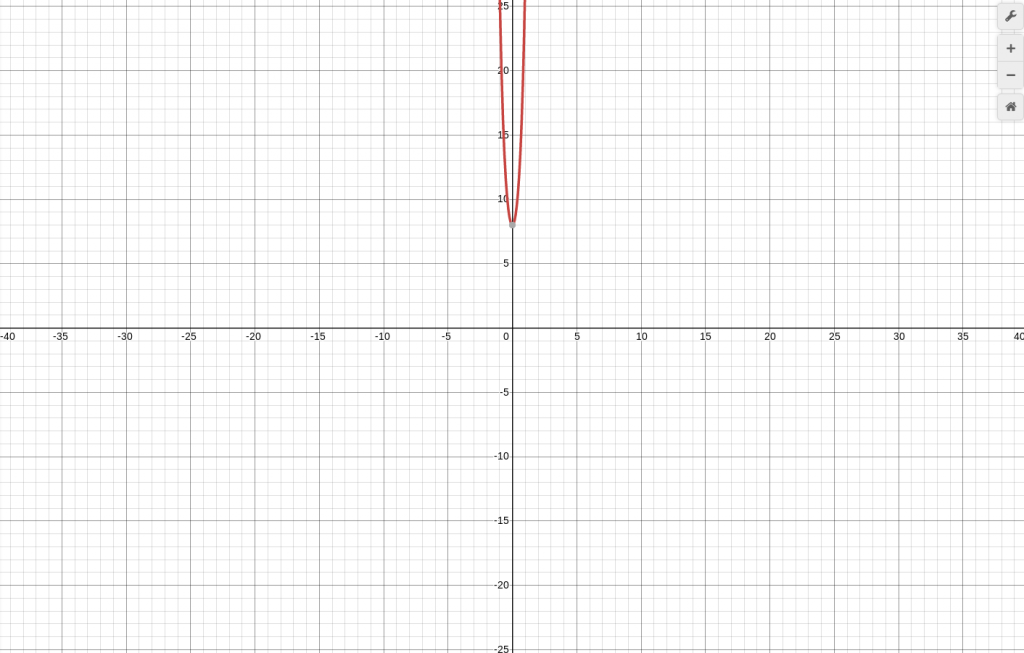
This is a chain rule again. Take the outside derivative and then the inside derivative. Afterwards, just combine the two expressions.
$$ 3(x^2 + 2)^2 $$ is the outside and $$ 2x $$ is the inside.
So our answer is $$ 3(x^2 + 2)^2 (2x) $$
Example 4
Find the derivative of $$ y = (x^3 - 4)^5 $$
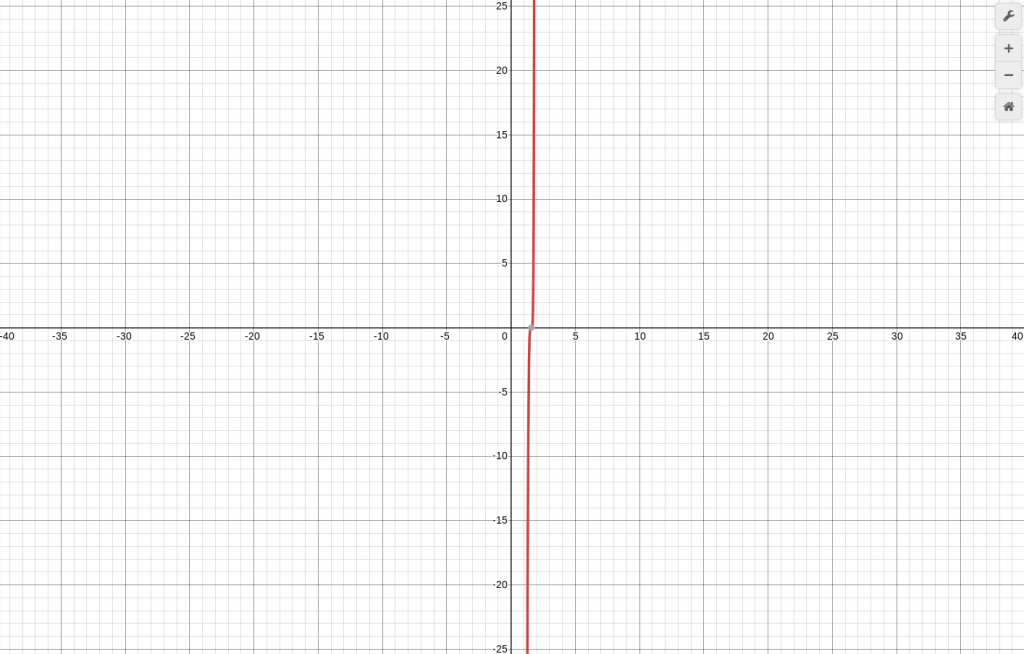
Take the outside derivative and then the derivative inside.
$$ \frac{d}{dx} ((x^3 - 4)^5) * \frac{d}{dx} (x^3 - 4) $$
That is the outside * the inside. So after taking the derivatives we get:
$$ 5(x^3 - 4)^4 (3x^2) $$
Example 5
Here is another straight forward problem. Find the derivative of $$ y = (2x^2 + 3x)^{10} $$
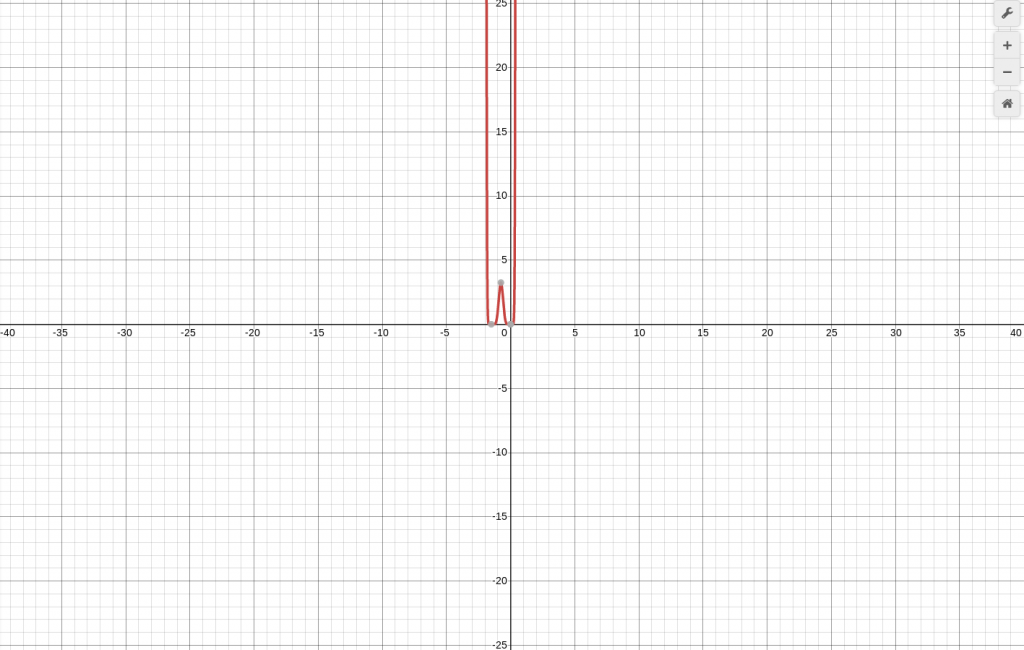
Just like the others, take the derivative of the outside and then take derivative of the inside. Combine them after that.
$$ 10(2x^2 + 3x)^9 (4x + 3) $$
That should be fairly straight forward by now. No fancy tricks needed.
Example 6
Find the derivative of $$ y = \sqrt{2x^3 - 4x + 5} $$
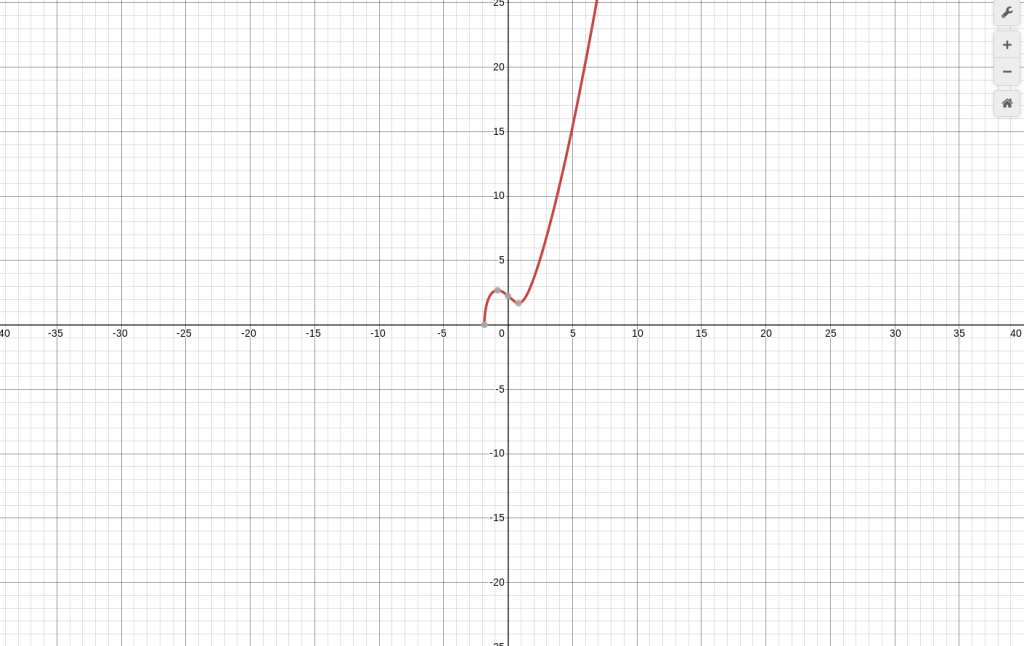
You can see this is an expression with a square root. A square root is the same as an exponent to the half power. This expression can be rewritten as:
$$ y = (2x^3 - 4x + 5)^\frac{1}{2} $$
Now we just apply the same rules that we are already used to. You will notice that in Calculus, rewriting an expression is sometimes half the battle. You will know certain rules and have tools to deal with certain kinds of expressions but you need them in the right form. So it will be important to recognize when you need to rewrite something to make it work for you.
We continue like usual. Take the derivative of the outside and then the inside. It looks like this.
$$ \frac{1}{2}(2x^3 - 4x + 5)^{-\frac{1}{2}} (6x^2 - 4) $$
Example 7
Next, find this derivative. $$ y = \sqrt{x^2 + 1} $$
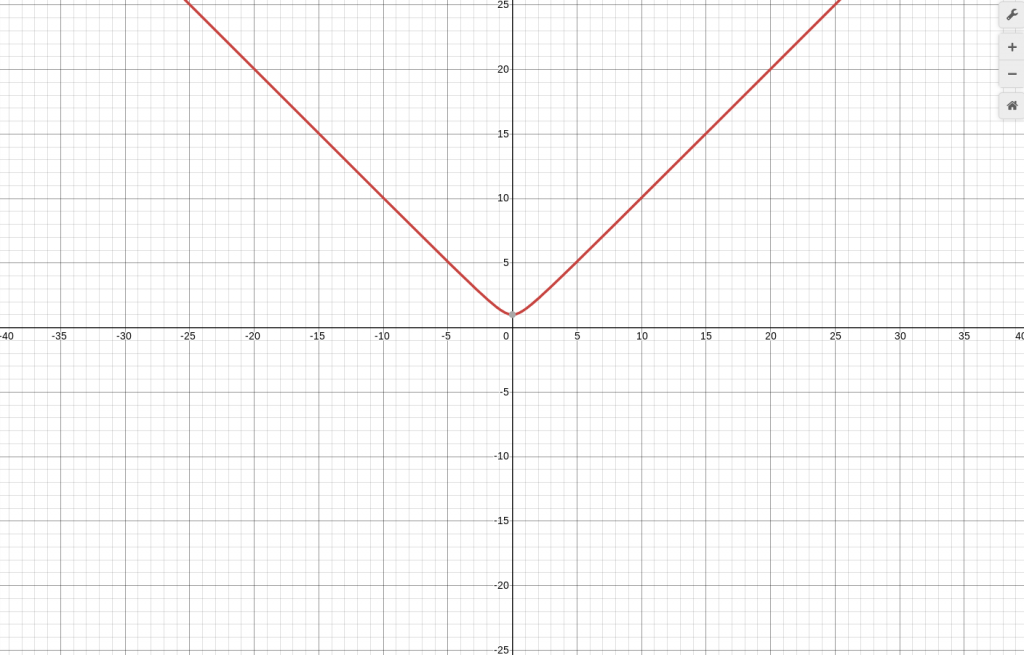
First, we rewrite the problem to get rid of the root expression.
$$ y = (x^2 + 1)^\frac{1}{2} $$
As before, we take the derivative of the outside expression and then take the inside derivative. Then we combine the expressions.
$$ \frac{1}{2} (x^2 + 1)^{-\frac{1}{2}} (2x) $$
That is our answer.
Example 8
Find the derivative of $$ y = \sqrt{3x^2 + 4} $$
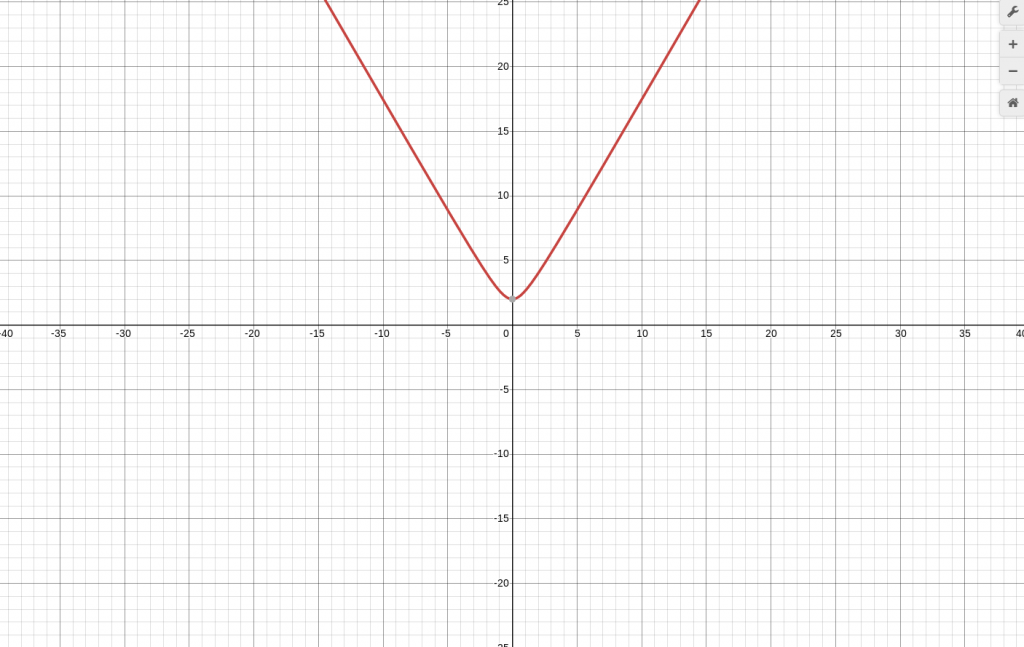
Rewrite the expression to get rid of the root and get an exponent.
$$ y = (3x^2 + 4)^\frac{1}{2} $$
Now we can work with it. Take the outside derivative and then the inside derivative. We get:
$$ \frac{1}{2}(3x^2 + 4)^{-\frac{1}{2}} (6x) $$
Example 9
Find the derivative of $$ y = \sqrt[3]{4 - t} $$
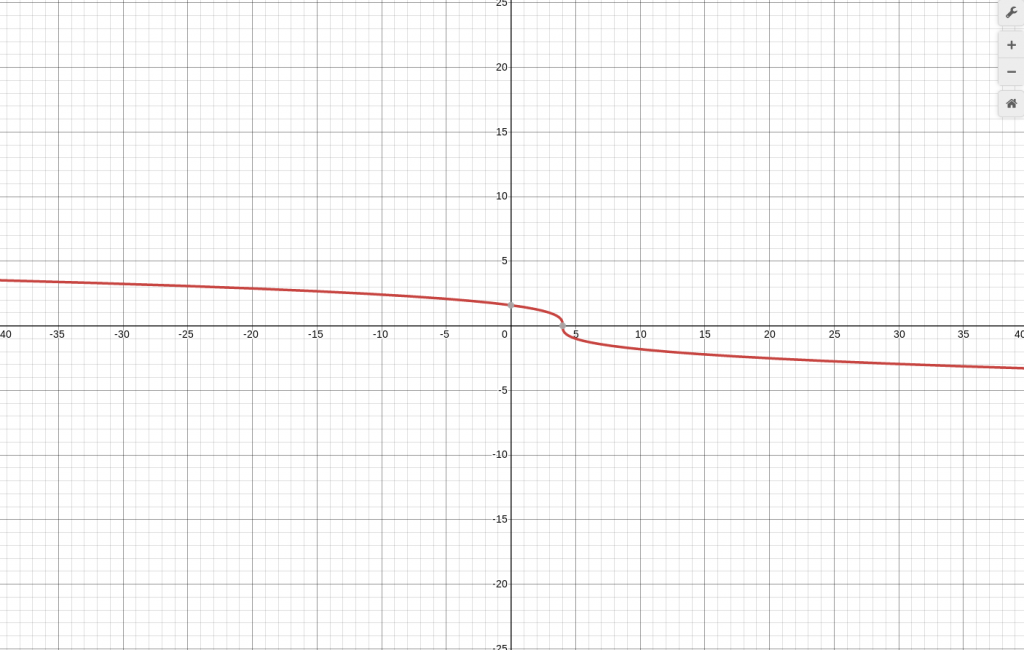
This problem is slightly different. You can see it has a cube root. It will follow the same rules as a square root though. The expression is to the 1/3 power. It looks like this.
$$ y = (4 - t)^\frac{1}{3} $$
Now we just use the chain rule like we have been all along. Take the derivative of the outside expression and then the inside derivative.
$$ y = \frac{1}{3} (4 - t)^{-\frac{2}{3}} (-1) $$
Example 10
Find the derivative of $$ y = \sqrt[3]{t^3 + 3t + 1} $$
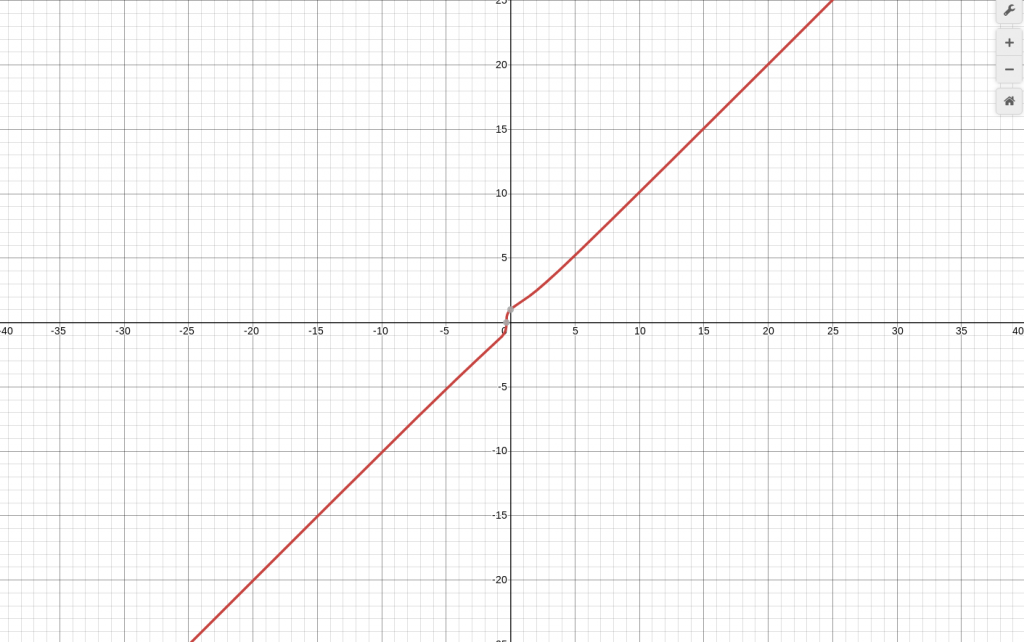
This is another cube root expression. It will follow the same rules as the other root expressions.
$$ y = (t^3 + 3t + 1)^\frac{1}{3} $$
That should look familiar now. Lets use the chain rule again. Once again its time to take the outside derivative and then the inside derivative.
$$ y = \frac{1}{3} (t^3 + 3t +1)^{-\frac{2}{3}} (3t^2 + 3) $$
We have a good answer there.
Example 11
Find the derivative of $$ y = \frac{1}{4x^3 + 5x^2 - 7x + 8} $$
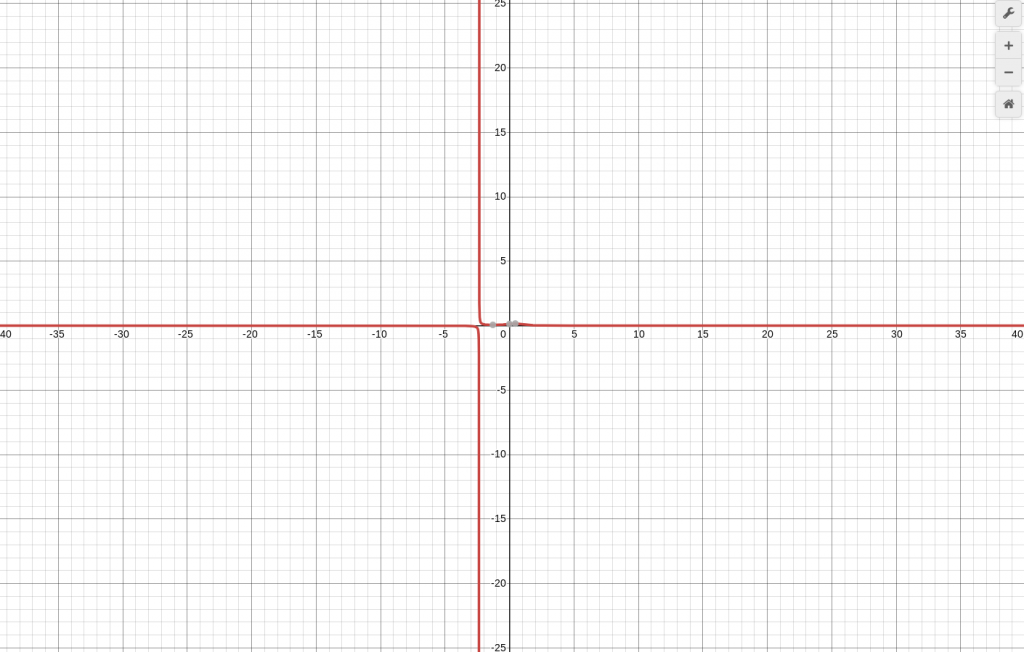
You will see everything is in the denominator. I am sure you think this will be real fun! Well it won't be near as bad as you are thinking. Remember what I said earlier about rewriting problems to make it easier for you? This is exactly what we are going to do here.
Lets start by moving the denominator up to the numerator. We reverse the exponent when we do this. It looks like this.
$$ y = (4x^3 + 5x^2 - 7x + 8)^{-1} $$
Now we use the chain rule as before. Take the outside derivative and then combine with the inside derivative. It will look like this.
$$ y = -1(4x^3 + 5x^2 - 7x + 8)^{-2} (12x^2 + 10x -7) $$
That is our answer. You could move the expression with the -2 power to the denominator if you wanted but I view that as a formality. Everyone knows you can do that. If you have to give a more precise answer then do that as it will make it easier.
Example 12
Find the derivative of $$ y = x^3 - 2\sqrt{3x^2 + 4} $$
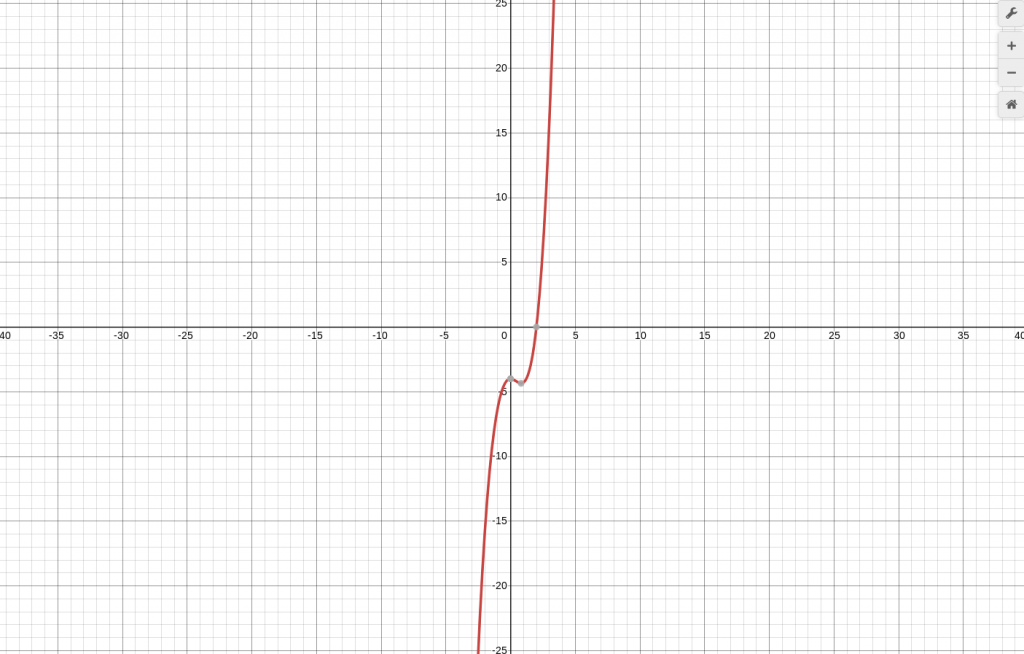
This is another slightly different type of problem. Take it step by step. We will separate the constant from the root and do the other parts as normal. First, take derivative of the first term.
$$ 3x^2 - 2\sqrt{3x^2 + 4} $$
Now lets rewrite the root portion of the problem.
$$ 3x^2 - (3x^2 + 4)^{\frac{1}{2}} $$
It is time for the chain rule now. Take the derivative of the outside portion.
$$ 3x^2 - \frac{1}{2}(3x^2 + 4)^{-\frac{1}{2}} $$
Lets take the derivative of the inside portion now.
$$ 3x^2 - \frac{1}{2} (3x^2 + 4)^{-\frac{1}{2}} (6x) $$
That will do for an answer. As with all of these problems you can simply further if you need a more precise answer. That is just a reducing exercise so we don't need to do it at this point.
Conclusion
That is several exercises on how to differentiate algebra functions. Hopefully you feel comfortable with these types of problems now. Remember to rewrite a problem if you need to. There are many times when it makes it easier for you.
If you enjoyed this article or found it useful please see my other articles and feel free to share this site with your friends. I try to write helpful guides and hope i succeed. I have articles over rate of change, and limits.